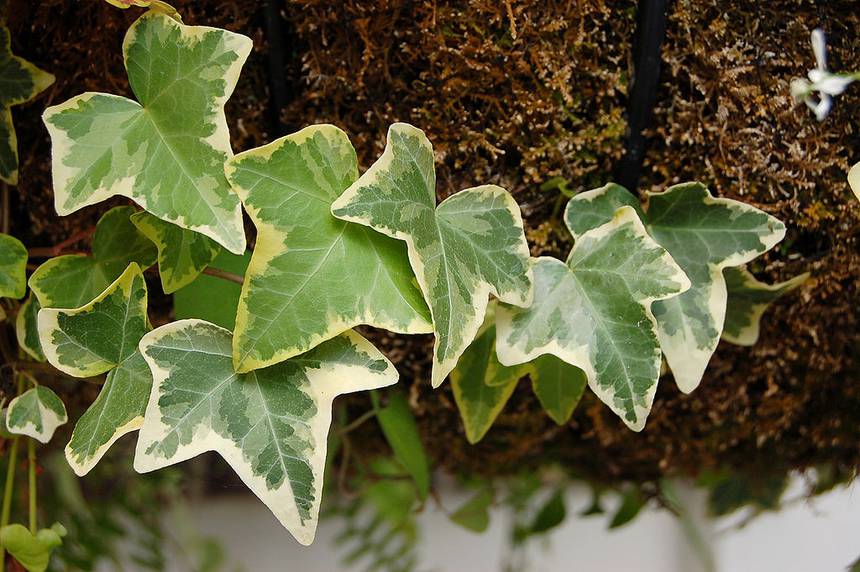Organic waste like yard trimmings and food residuals comprise about one third of the waste found in landfills in the United States. By choosing to compost rather than throw your organic waste away, you will not only be producing a natural mulch or soil amendment for your garden, you will also be helping to reduce landfill waste.
Landfills in the United States are filling up rapidly, some have even closed down already, and new sites are becoming harder and harder to find. It is imperative that we begin to reduce landfill waste dramatically. There is no better, or cheaper, way to begin to conserve than to start composting at home.
Compost improves the soil fertility, texture, structure and aeration while also boosting the soil’s capacity for holding water. The organic waste found in compost provides nourishment for the microorganisms in the soil.
What can you compost? That’s easy. Anything that was once living will, in fact, compost. Though it is recommended not to try and compost meat, fish, dairy, or cooked food as it can attract unwanted vermin to your compost pile. You should compost greens, such as raw vegetables; vegetable peelings; grass; weeds; and even tea bags. You should also compost ‘browns’, such as cardboard and other paper waste like newspaper and magazines; wood prunings; hedge clippings; sawdust; wood shavings; and fallen leaves. You can also include egg shells, hair clippings and natural fibers in your compost. The trick is to try and balance your greens and browns.
To start composting at home is simple. Before you throw anything into the trash or down the disposal, think first if it is compostable and if it is, put it in a compost bin under your sink. It’s best to first cut everything into small pieces to help with the composting process. Once you have collected enough organic waste, it is time to begin an outdoor compost pile. This pile is best placed in a sunny spot as heat speeds up the process.
Find some bare earth to begin your pile and gather some straw and twigs to use as your base layer. This will help with aerating and draining. It’s best to add your compost in alternating moist and dry layers. The moist layers will be composed of things like food scraps, seaweed, tea bags and things of that nature. The dry layers will be wood shavings, leaves, straw and other such dry materials. The moist items usually rot more rapidly, working as activators, while the dryer items take longer to decay but give body and substance to your compost pile in the long run. The pile should be covered, preferably in black heavy plastic, to keep it contained and to draw more heat and also to retain moisture.
You will want to keep your compost pile moist, but not soaked. You can also add manure or another nitrogen source to activate the pile. However, if you are using your compost in a food garden, it’s best to avoid manure. Leafy materials and some food scraps are also sources of nitrogen and are more appetizing for a vegetable garden! Your final step is to turn your pile every few weeks. This means that you should use a rake, shovel or pitchfork and simply turn the pile. This serves to aerate the pile and oxygen is an essential component to the composting process.
Now you are ready to plant your vegetable garden. Be sure to add your compost to your garden 2-4 weeks prior to actually planting. This will give the soil the necessary time to integrate with the compost.
